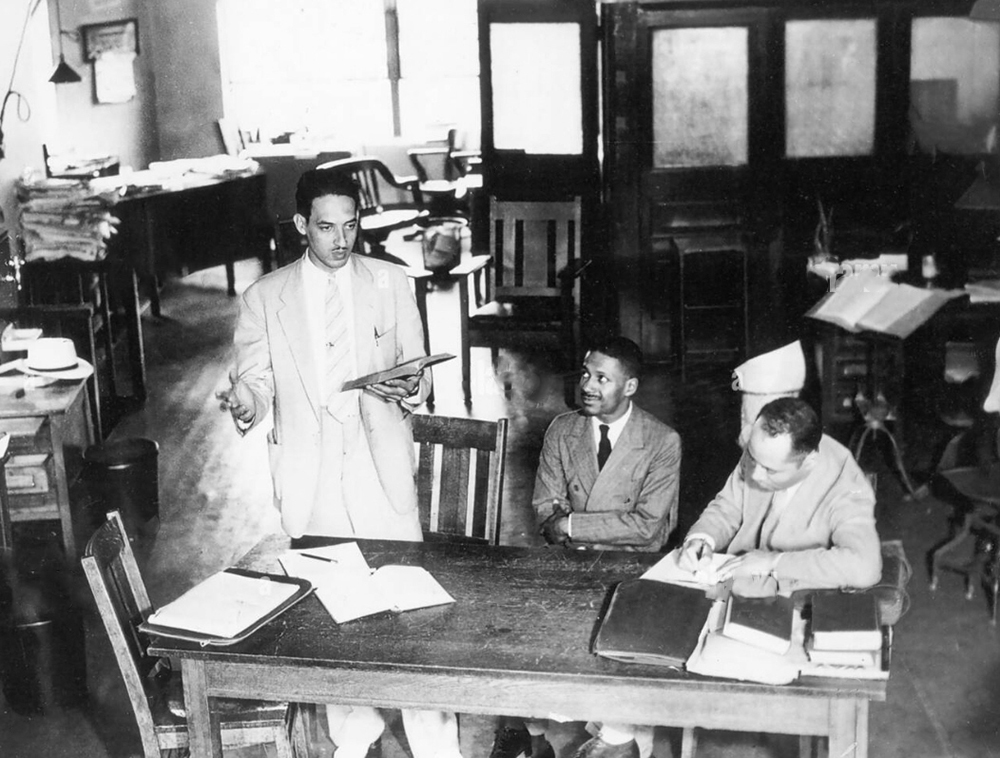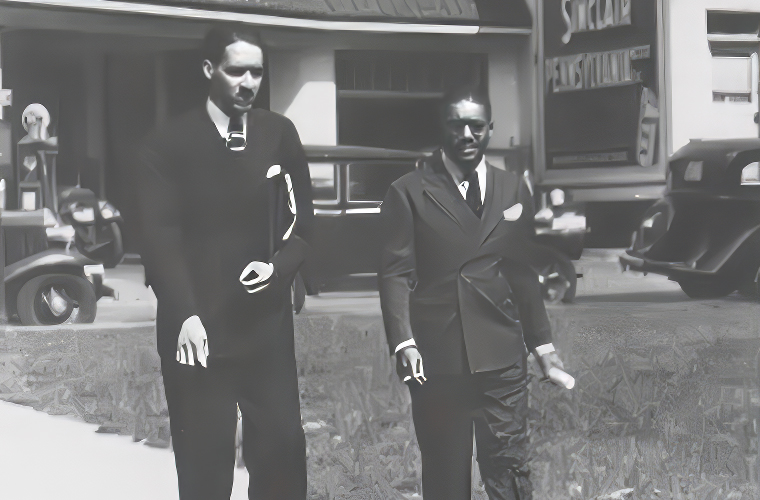Murray v. Maryland (1936) was a landmark civil rights case in the United States that challenged the practice of segregation in higher education. The case was brought by Donald Murray, an African American student who had been denied admission to the University of Maryland Law School solely because of his race.
At the time, the University of Maryland maintained a policy of segregation, which required that all African American students attend the historically black University of Maryland School of Law, which was underfunded and provided an inferior education compared to the white law school. Despite meeting all the academic requirements for admission, Murray was denied admission to the University of Maryland Law School because of his race.

Murray filed a lawsuit against the state of Maryland, arguing that its policy of segregation violated his rights under the Equal Protection Clause of the 14th Amendment to the U.S. Constitution. The case eventually made its way to the U.S. Court of Appeals for the Fourth Circuit, which ruled in Murray’s favor, declaring that segregation in higher education was unconstitutional.
The court held that the separate law school for African Americans was inherently unequal and failed to provide the same quality of education and resources as the white law school. The court ordered that Murray be admitted to the University of Maryland Law School and that the state of Maryland integrate its law schools.
The Murray v. Maryland decision was significant because it established a legal precedent for challenging segregation in higher education and paved the way for future civil rights cases. The case also challenged the commonly held notion at the time that segregation was legal as long as “separate but equal” facilities were provided and helped to lay the groundwork for the landmark Brown v. Board of Education case in 1954, which declared segregation in public schools to be unconstitutional.

